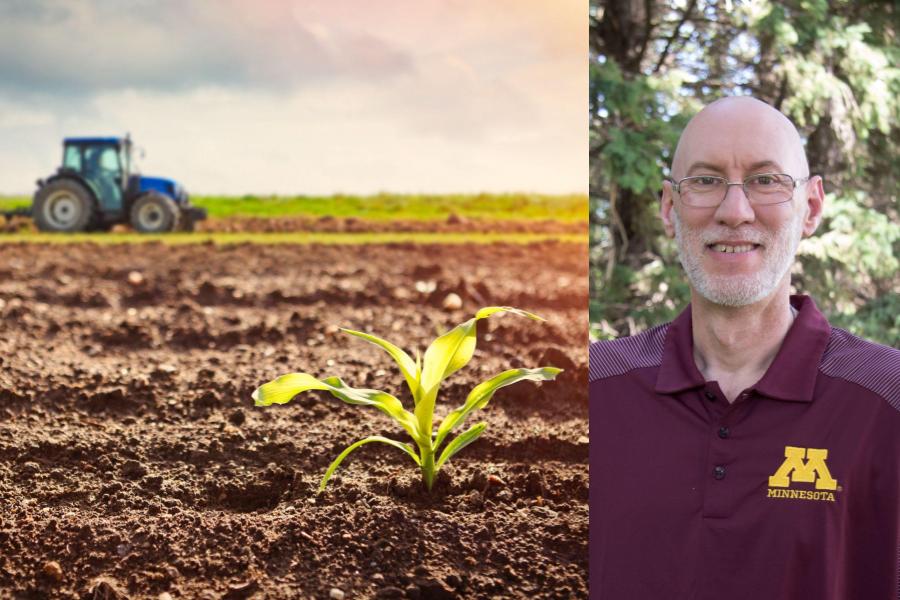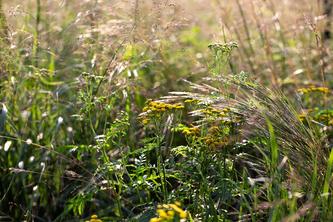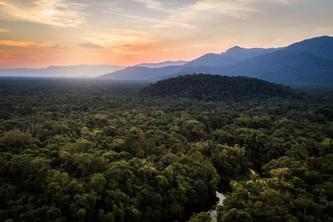
With warmer weather and less snow than usual, Minnesota farmers are discussing potential impacts to the 2024 planting season.
Jeffrey Strock, a professor at the Southwest Research and Outreach Center in Lamberton, Minnesota, provides expert commentary on what Minnesota farmers can expect this spring.
Jeffrey Strock, Ph.D.
“We received just nine inches of snow at the Southwest Research and Outreach Center through January 31, compared to last year’s 37.4 inches for the same time period. Although this discrepancy might sound alarming, it’s more important to focus on the water equivalent of the snow and what the spring warm-up will be like. So far this winter we’ve received 9.4 inches of rain and snow, more than double last year’s 4.6 inches in the same time period.
In areas of the state that received a decent amount of rain in October, coupled with the rain and snow so far this winter, there should be ample moisture in the soil this spring. Some areas of southern and southwestern Minnesota received up to 6 inches of rain last October which helped recharge the soil profile to a large degree. In fact, the last measurement on November 15 showed 6.5 inches of available water in the soil profile — about one inch higher than the historic average.
Despite three years of drought conditions, crop yields have met or exceeded expectations. This suggests the crop used the fertilizer in the soil, so under most circumstances, there should be little residual nitrogen to leach away.
Growers have been discussing the possibility of early planting this season. While we don’t really know what March and April will bring, it may be possible if the current trend holds. Conditions could be wonderful for planting small grains, spring wheat and oats. There are constraints on how early farmers can actually plant based on crop insurance. For growers that plant cover crops like rye, this could be a spring where they grow rapidly so management will be important.
Remember we live in Minnesota where we know the weather is fickle. Wait five minutes, things are likely to change.”
Jeffrey Strock is a professor in the Department of Soil, Water & Climate and works at the Southwest Research and Outreach Center. His areas of interest include soil hydrology, water quality and fertility. His research and outreach activities focus on soil hydrology, agricultural drainage and nutrient management in agricultural systems.
About the College of Food, Agricultural and Natural Resource Sciences
The University of Minnesota’s College of Food, Agricultural and Natural Resource Sciences (CFANS) strives to inspire minds, nourish people, and sustainably enhance the natural environment. CFANS has a legacy of innovation, bringing discoveries to life through science and educating the next generation of leaders. Every day, students, faculty, and researchers use science to address the grand challenges of the world today and in the future. CFANS offers an unparalleled expanse of experiential learning opportunities for students and the community, with 12 academic departments, 10 research and outreach centers across the state, the Minnesota Landscape Arboretum, the Bell Museum of Natural History, and dozens of interdisciplinary centers. Learn more at cfans.umn.edu.
About “Expert Alert”
University of Minnesota experts can provide commentary, insights and opinions on various news topics. Find selected experts on the University’s Experts Guide or send requests to [email protected].
- Categories:
- Agriculture and Environment
- Water





